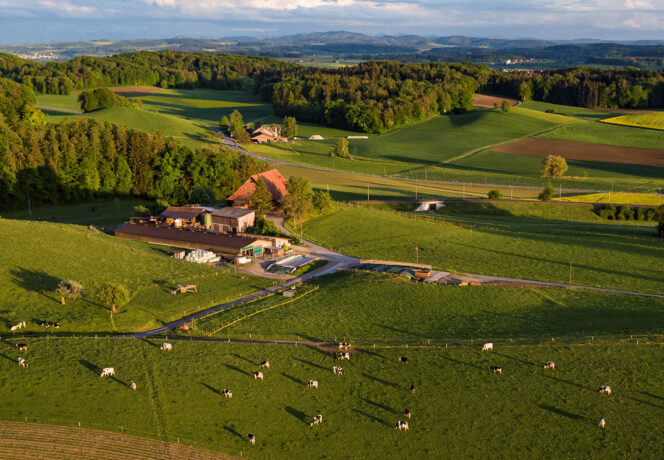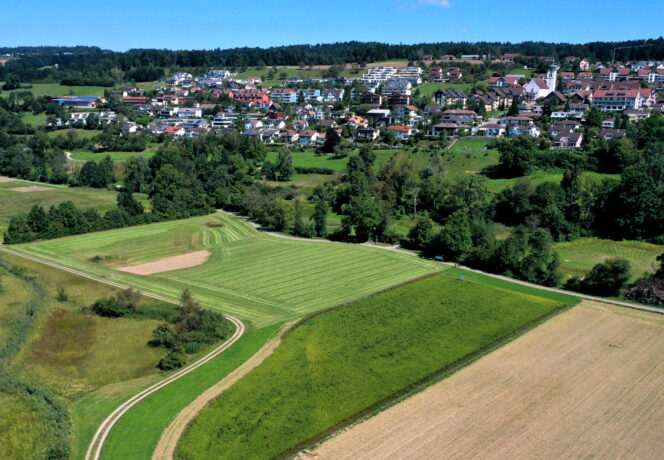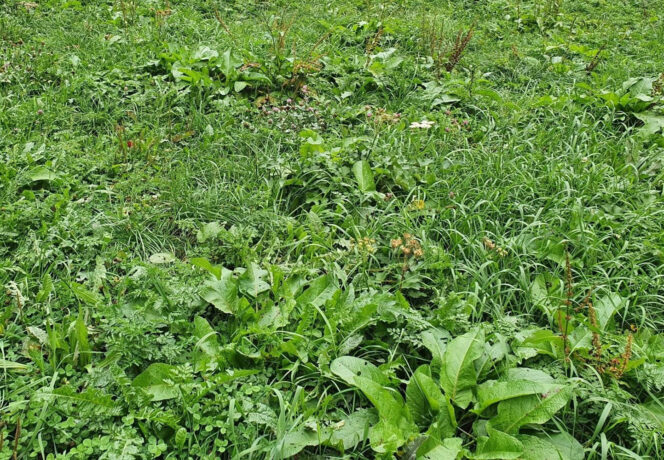Butterfly and moth diversity in lower-mountain region grassland habitats
Around one third of the 226 butterfly and moth species in Switzerland are threatened owing to the loss of suitable habitats caused by agricultural intensification. Organic farming aims to contribute to the conservation of species diversity in farmland. This case study investigates the impact of organic farming on butterfly species richness and abundance. The study site was located in the lower-mountain zone of Switzerland and consisted mainly of grassland habitats. With an average of five species per habitat, butterfly species richness was very low on the investigated land, and there were no significant differences in species richness or abundance between organic and non-organic habitats. The number of butterfly species fell with increasing management intensity, and varied significantly between the different habitat types investigated. Considerably more butterfly and moth species were found on relatively dry, nutrient- poor (i.e. extensively managed) meadows than on nutrient-rich (i.e. intensively managed) meadows or alongside hedgerows. Of the 40 species identified, only the Sooty Copper (Lycaena tityrus) seems to benefit from organic agriculture, occurring significantly and consistently more often in organic than in non-organic habitats.
Full PDF
Butterfly and moth diversity in lower-mountain region grassland habitats



